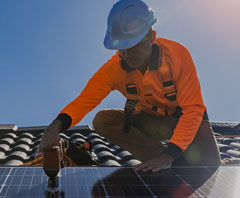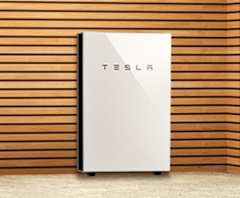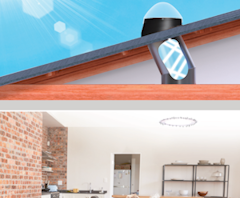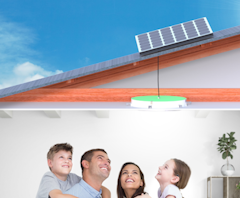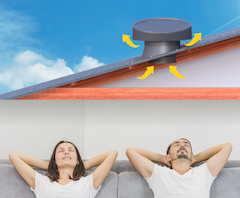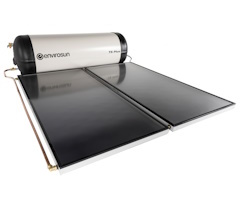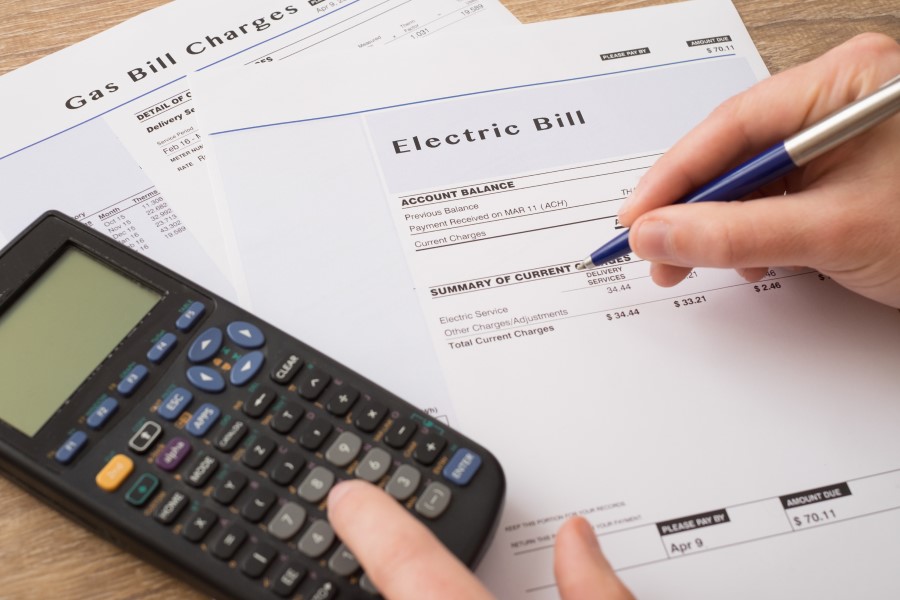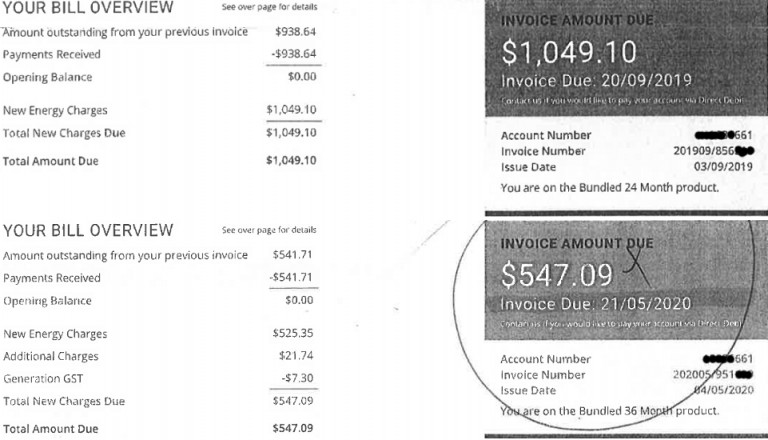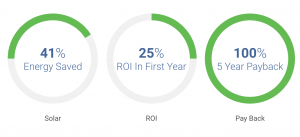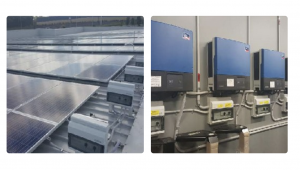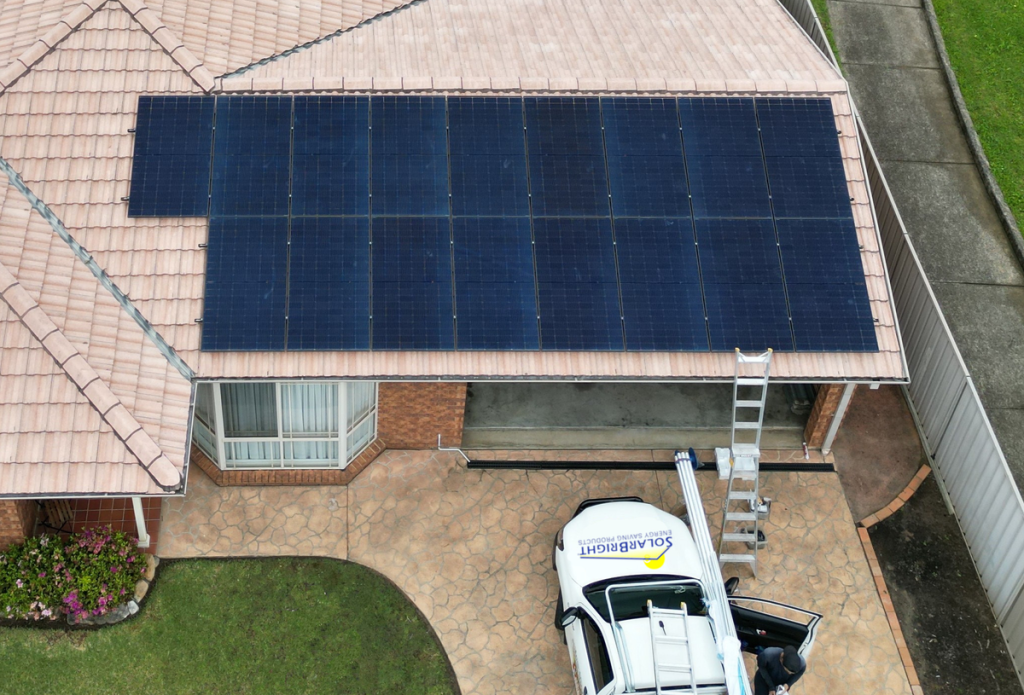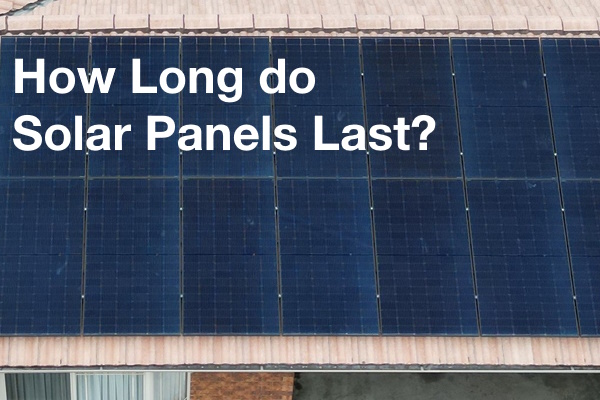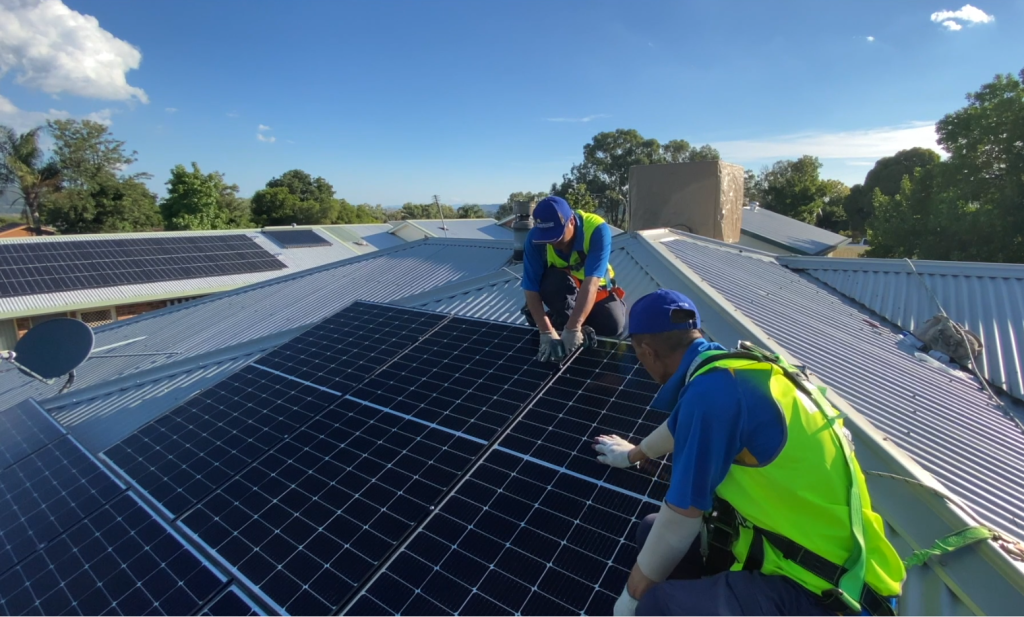As the winter months approach and the days get shorter, it’s a good idea to start thinking about your home’s energy efficiency. During winter, with the majority of us spending more time at home, energy use can spike. As a result, our power bills can skyrocket. Therefore, it’s important to consider your energy consumption and the potential for reducing your power costs. Even small changes can lead to helpful savings, so here are a few tips on how to keep your energy bill lower during winter.
Understanding Your Energy Use
When trying to find ways to reduce your energy consumption, it can be useful to understand how much energy your home actually uses. Knowing exactly where in the home the most energy is consumed can help you determine the focus of your energy-saving endeavours.
The average Australian home consumes energy:
- Heating and cooling – 40%
- Appliances – 33%
- Water heating – 21%
- Lighting – 6%
With these figures in mind, it’s easy to see that heating and cooling have a significant impact on your power bill, with appliances and water heating close behind. Therefore, making some changes in these areas can have a positive effect on your overall energy costs.
1. Only Heat The Rooms You Use The Most
Consider which rooms don’t get much use during winter and keep the doors closed as much as possible. Drawing heat into unused areas is a huge drain on energy, so save on heating costs by only providing heat to the rooms you need.
2. Optimise The Efficiency Of Your Heat Pump
Your heat pump runs most efficiently between 18°C and 20°C. Blasts of high-temperature heat may seem like the most effective way to heat a cold room, but in fact, using your heat pump in this way won’t heat your room any faster and will increase your energy use dramatically.
For the most economical results, use the timer function on your heat pump to pre-heat your space for 15 minutes before you intend to inhabit the room and set it to turn off automatically when it’s no longer required.
3. Maximise Heat Retention
During daylight hours, your windows allow winter sun to heat your home. However, once evening falls, those same windows can also let more than 40% of the warmth escape. That’s why it’s important to close your curtains as soon as the sun disappears to retain the heat.
Additionally, draught-proofing your home can be extremely effective in keeping your home warm. Use weather strips to block off gaps under external doors and ensure the seals around your windows are sound.
4. Take Advantage Of Free Clothes Drying
Whilst clothes dryers are a convenient and fast way to dry your washing, they are also costly energy consumers. An alternative to using power-hungry dryers is to hang your clothes outside on a clear winter’s day.
If you don’t have access to an outdoor line, think about hanging your washing on a clothes airer located in a sunny window.
5. Install A Water-Saving Showerhead
With water heating accounting for 21% of your home’s energy consumption, changing your showerhead to a water-efficient model will not only save you water but will reduce your hot water costs considerably.
6. Make The Change To Energy-Efficient Light Bulbs
During the winter months, we become more dependent on artificial lighting to illuminate our homes. Making the switch to energy-efficient LED light bulbs can save you money in both energy and replacement costs.
LEDs use around 75% less energy and last between 5-10 times longer than traditional incandescent light bulbs.
7. Replace Mechanical Whirly-Bird Roof Fans With A MaxBreeze Solar Roof Fan
The old whirly-bird mechanical roof fans suck the air out of your roof cavity any time the wind is blowing. On a windy, cold winter’s day, you will be trying to warm the inside of your home with heating. Meanwhile, on the roof, the old whirly bird will be turning in the wind sucking this warm air out of the house and roof, making your heater work harder and increasing your heating costs.
The SolarBright MaxBreeze solar fan is a smart modern version of the old school whirly-bird. It is solar-powered and thermostat-controlled. On a sunny, cold winter’s day, it won’t start to operate until the roof cavity temperature is about 37°C, helping preserve the warmth in your home. And in summer, it works to help cool your home.
8. Make The Most Of Your Solar
If your home is fitted with solar, you have the advantage of energy-saving benefits thanks to your ability to harness the power of the winter sun (or, more specifically, ultraviolet light). To get the best results from your solar in winter, however, the following factors are useful to consider:
- Most solar energy is generated throughout the day, so it’s best to operate appliances during daylight hours.
- Schedule high-energy appliances, such as your dishwasher and washing machine, to run at different times. Again, daytime is always best.
- Charging your electrical devices should be done through the day when energy generation is at its peak.
- Switch off any appliances or devices that are not in use and replace any older appliances with energy-efficient models.
Reduce Your Winter Power Bill With Solar
For further tips on how to save energy this winter, SolarBright is here to help. Our solar solutions have been helping Australians reduce their energy costs for over 14 years. Offering a wide range of energy-saving solar panel products from leading solar providers, we are committed to finding the right high-quality solar solution to suit your home.
Contact the expert team at SolarBright to arrange a free consultation and start saving on your energy bill today.
Read Also:
Why Solar Power Is The Healthy Choice For Your Family
How To Choose The Best Solar Panels
